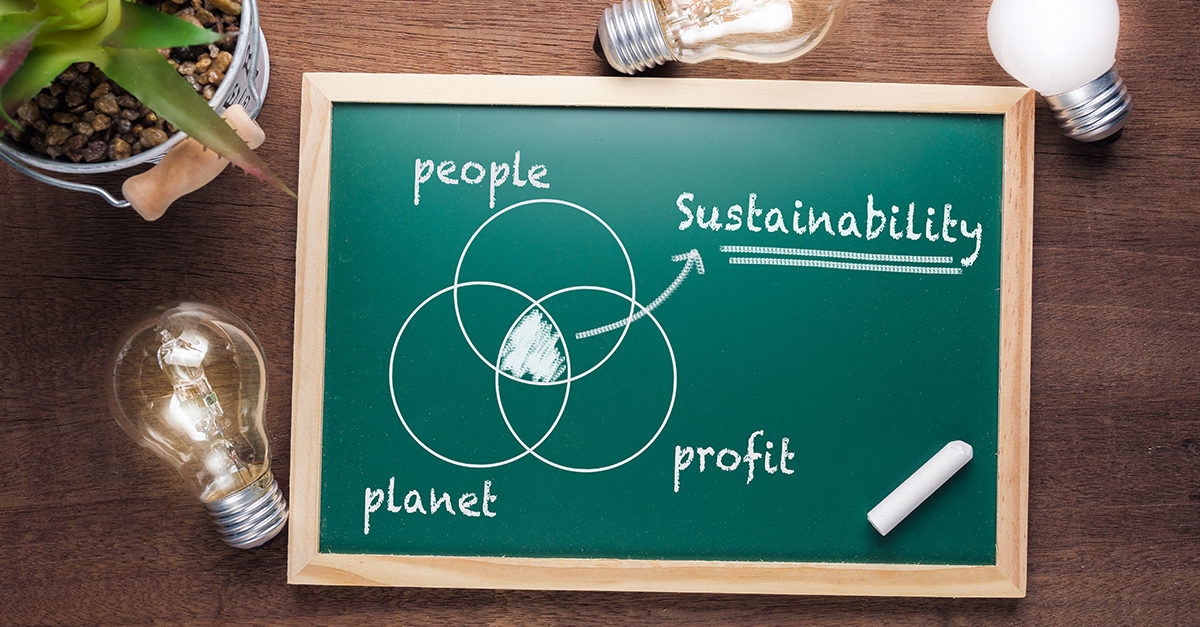The language of cleaning, business, and technology is constantly changing. As we move into the next decade, we can expect several new terms to become more commonplace. We will undoubtedly hear the phrase “AI as a service.” This expression refers to how organizations can use artificial intelligence (AI) to streamline operations. Another new concept, “predictive medicine,” is also taking hold and may even be strapped to your wrist. Smartwatches capture data about our bodies and predict if a health issue is developing. There are at least three other terms in the world of sustainability that we will hear more about.
Sustainability terms to know
Renewable energy credits
Jansan organizations can increase their commitment to sustainability by purchasing renewable energy credits (RECs). When you purchase a REC, you are buying one megawatt-hour of electricity generated from a renewable energy source such as wind or solar power. This electricity is sold into local power grids, helping utility companies reduce their use of fossil fuels by powering customers with clean, renewable energy.
RECs are market-based instruments, meaning that building and business owners can buy and sell them, often at a profit. You can buy RECs from 29 states and territories, including Washington, D.C. and Puerto Rico, where prices may be lower.
Carbon footprint
We often hear the term “carbon footprint.” According to recent research, the average person in the United States is responsible for 16.5 metric tons of carbon dioxide (CO2) emissions released into the environment each year. These metric tons are our carbon footprint, and most of these emissions come from driving vehicles or having traditional (nonrenewable) electricity delivered.
Fortunately, there are ways we can offset our carbon footprint. One way is to plant hundreds of trees and let them grow for about 10 years. A more expeditious way to offset our footprint, however, is to purchase the RECs discussed earlier.
Efficiency
A term commonly heard in the jansan industry, efficiency typically refers to cleaning equipment and methodologies that streamline cleaning procedures. However, it means something entirely different in the world of sustainability.
One of the best ways to explain efficiency involves water consumption. If your community is experiencing a drought, you may be asked to scale back on water consumption until the drought is over. You may decide to implement measures to reduce your overall water consumption permanently during this time, such as updating restroom fixtures so that they meet or exceed federal water consumption levels while still satisfying the user. You may conduct a water audit, locate leaks, and replace water-using mechanicals, such as heating and cooling systems, with systems that use far less water. You may install aerators on faucets and choose natural landscaping that requires less water yet still provides a pleasing appearance.
Vendors may ask distributors what steps they are taking to reduce their carbon footprint, minimize energy and water consumption, or further the development of renewable energy. If distributors win large accounts because they can verify these sustainability initiatives, it shows that although these terms may not be exciting, they put money in the bank.




